Celebrating Diversity Through Craft
The Museum of Arts and Design introduces a new cohort of artists-in-residence
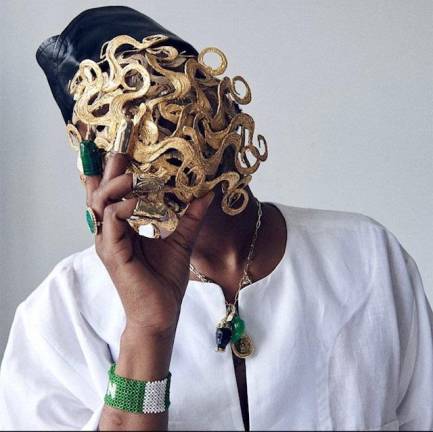
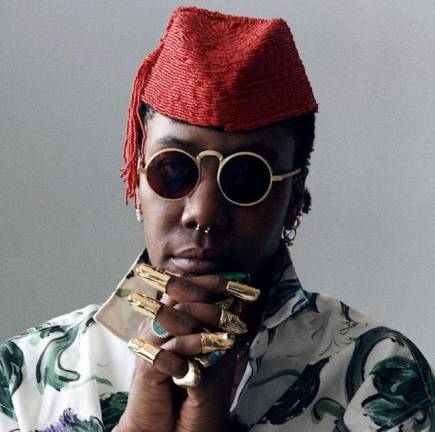
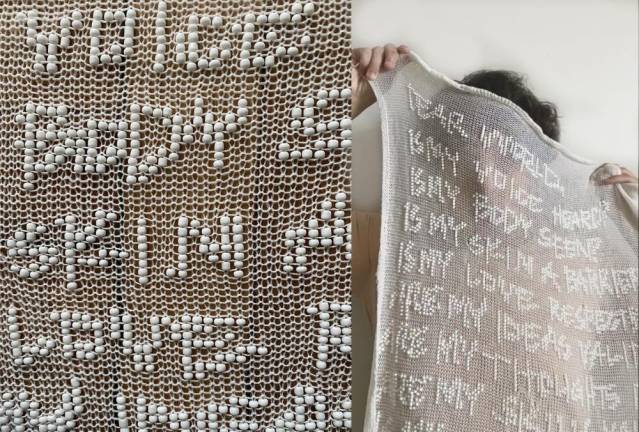
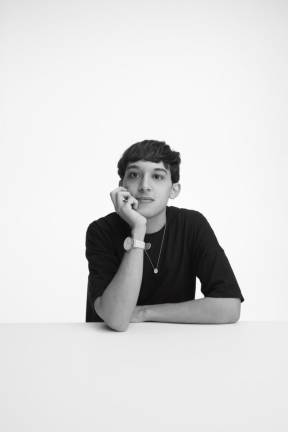
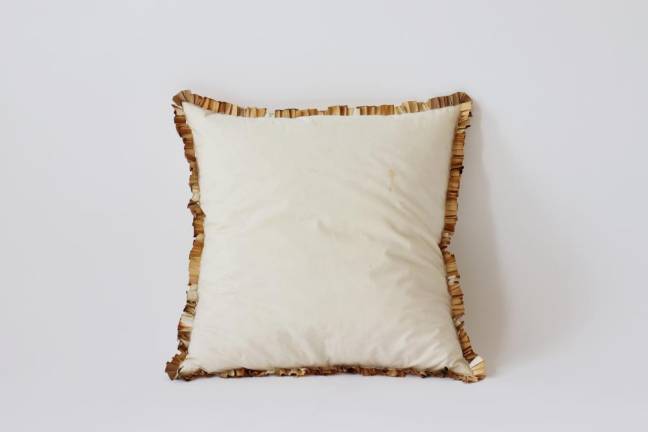
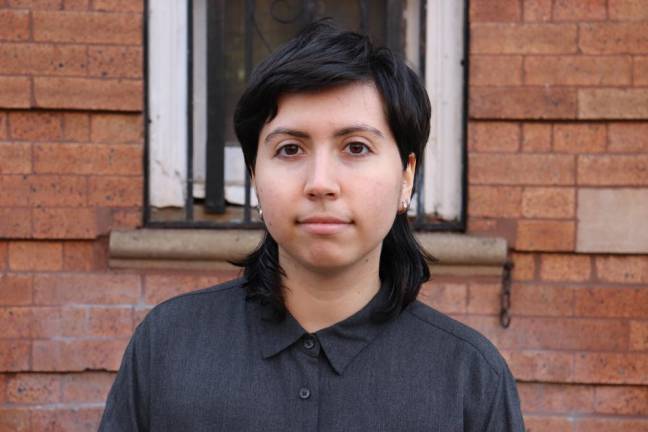
The Museum of Arts and Design (MAD) welcomed its newest cohort of artists-in-residence this month after attracting many more applicants than in years prior, despite (or perhaps because of) the pandemic.
Over 500 artists recently vied for one of eight spots in MAD’s Artist Studios program, compared to more than 300 applications for seven spots in 2020 and over 350 applications for the cycle before. The six-month-long program — which encourages artists to chip away at individual projects while engaging with museum-goers by hosting workshops, opening up their studios and more — started in 2008. But due to COVID-19, artists were selected for a combination of in-person and remote residencies for the first time, according to MAD’s Maude and Rodney Starkey Deputy Director of Education April Tonin.
Part of the mission of the program and of the museum itself, Tonin explained, is to “bring craft to the forefront,” and with it the perspectives of women, artists of color, members of the LGBTQ+ community, and more.
Artists Soull Ogun, Jacob Olmedo, and Alex Dolores Salerno are only a sampling of this season’s incoming cohort, but they embody the spirit of the program to a tee.
Soull Ogun: Jewelry and Cultural Heritage
Ogun’s connection with her craft has, in the past, been volatile. But through her more recent explorations in metalsmithing, she’s discovered links between her creative nature and her cultural heritage.
This spring, Ogun will work at MAD in rotation with the other in-person artists, furthering her work with fine jewelry materials and techniques. She’ll also continue to collaborate with her twin sister, Dynasty, on their “conceptual” design incubator company, L’Enchanteur.
Ogun’s artistic journey began when she was a teen in Brooklyn, but it didn’t immediately stick. She grew frustrated with the rigidity of high school art classes and decided to switch gears at Morgan State University in Baltimore, Maryland, where she became increasingly interested in science.
When Ogun eventually returned to the world of art, she learned more about her roots and the significance behind her Nigerian name — information which came as a pleasant surprise, courtesy of her father.
“In the Yoruba culture,” Ogun explained, “so there’s different deities ... and we happen to be Ogun, which is just what we derive from. It’s basically like, you know, children of Ogun. Ogun is the God of metal ... God of metal, God of lighting, and God of war.”
Now, Ogun’s forged jewelry for 10 years. She’s embraced self-teaching since her high school days but is open to sharing her craft with others through MAD’s residency program.
“I think it’d be a very beautiful thing,” Ogun said, “to learn from people.”
Jacob Olmedo: “Unity and Repair” Through Garments
Olmedo’s latest collection of beaded and crocheted garments explores deep-rooted inequalities, while still offering glimmers of hope.
As an in-person member of this year’s cohort of artists, Olmedo will continue his recent work onsite at the museum. He also plans to work sporadically in a Brooklyn studio space which he began subleasing during the pandemic.
Olmedo’s work is delicate, falling more naturally within the realm of craft than in the world of everyday wearable design.
“I ended up making hydroponic textiles and hydroponic clothing,” Olmedo explained of his thesis project at Parsons School of Design, where he graduated with a B.F.A in Fashion Design in 2017 before returning for an M.F.A in Textiles. “So it was clothing that was growing plants. And so, that was like, really not commercial.”
“I’m just interested in materials where longevity isn’t thought about in a consumerist material setting,” he later added.
But conceptual research lends a backbone to Olmedo’s transient garments. Lately, he’s taken to 3D printing beads that shelter seeds within as a means of investigating unequal land rights and the depletion of natural resources due to climate change.
“Nature can be looked at in multiple ways,” he said, “whether that be the commonality between every single person on Earth because we can’t live without it, but also, you know ... when nature becomes more dire, and dire, and dire, the people who are more privileged have that right to nature more than the people who aren’t.”
Still, Olmedo strives toward “unity and repair” and suspects that his creations may take on new forms as he invites feedback.
“Maybe someone will say something and the work will completely change,” he said. “And I’m okay with that.”
Alex Dolores Salerno: “Presenting From the Bed”
Salerno’s work wrestles with themes of rest, productivity, and care (for oneself and others) — so it’s only fitting for this creator to be one of MAD’s incoming “virtual” artists-in-residence in a year when the pandemic has lent these topics extra relevance.
Rather than working in MAD’s studio spaces in person, Salerno, who uses they/them pronouns, will continue to create out of their home in Brooklyn using a mix of bedding materials as mediums for art. They recently graduated from Parsons School of Design with an M.F.A in Fine Arts in 2019.
At the end of this month, Salerno will host a Zoom event titled “Bed as Studio: Deconstructing Hard Work” from the comfort of their own bed — an intentional choice to put participants at ease.
“I’m looking forward to presenting from the bed,” Salerno wrote in an email, “and encouraging others to join from a comfortable space like a slumber party to push against ableist and racist expectations of professionalism.”
Salerno also intends to incorporate natural materials like amaranth and coffee beans to tap into their mother’s Ecuadorean roots. But rather than purely focusing on a dive into their own experiences and heritage, Salerno is eager to foster connections with others over the course of the residency.
“The idea of the artist as an independent self-sufficient individual is a myth,” Salerno wrote. “I view artistic practice as collaborative and part of the magic of interdependency.”